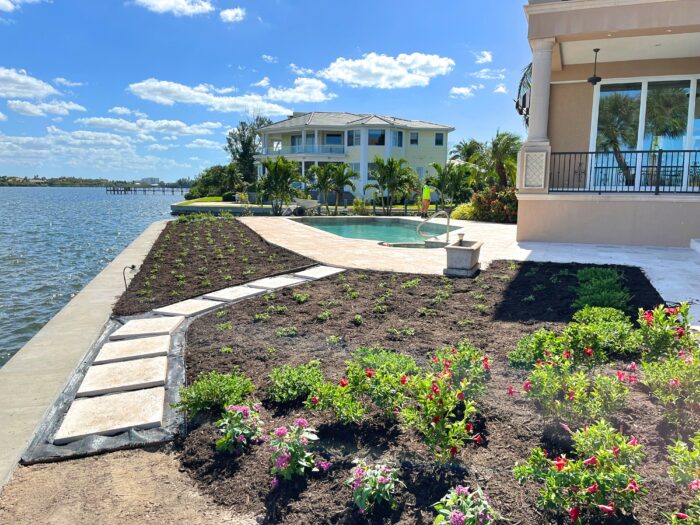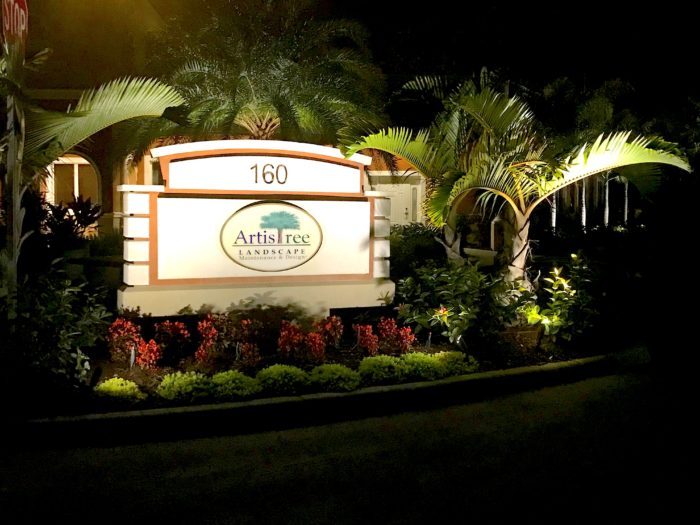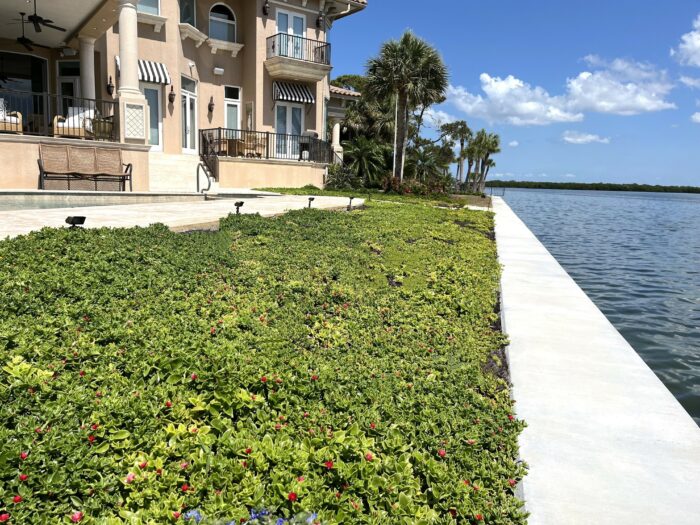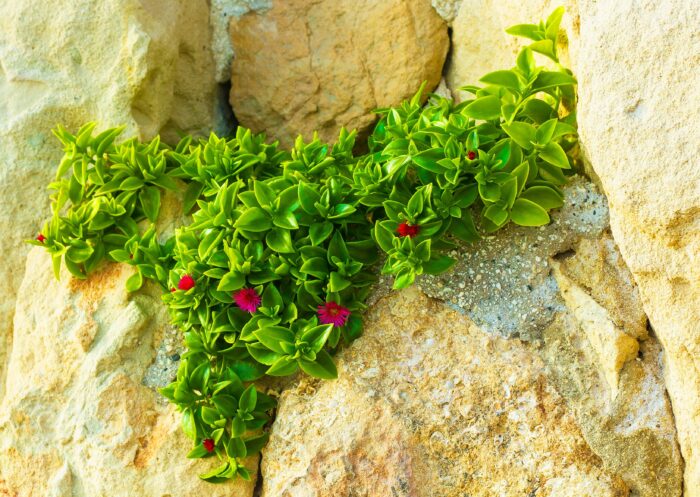Baby Sunrose: A good turf alternative or not?
Baby Sunrose is often thought of as a spunky succulent that cascades out of pots and crawls across boulders. Since it spreads so well, can it be used as a turf replacement for your entire yard? That’s a tall order, say ArtisTree Plantopinions experts. Still, don’t underestimate how this succulent can fill in selected areas of your landscape. You’ll find that Baby Sunrose doesn’t require much babying once it’s established. You just have to choose the right spot.

Joe Mantkowski, ArtisTree VP Landscape Design:
I’ve found that Baby Sunrose does a great job hugging the ground, and from a distance, almost has a tight, manicured appearance. But if you try to make it look like a manicured lawn with heavy trimming, you’ll compromise its overall health. My advice is to just let it do its thing. It’s best viewed from a few feet away, and once established, requires little maintenance. Baby Sunrose will bloom for you almost all year long with aster-like flowers that pop with color. Just be sure you plant it in a well-drained area and in full sun. I’ve seen Baby Sunrose used as a ground cover and in large pots on the same property for a nice integrated look.
Clinton Lak, ArtisTree Landscape Designer:
I like Baby Sunrose but feel it’s only a good turf alternative on slopes with full sun exposure and well drained soils. If a property does not check all three of these boxes, then you can still consider it for your pots where trailing plants and dry-season color are desired. Please note: For maximum plant performance, it’s best to “build” the pot with drain rock in the bottom and a succulent potting mix with good drainage properties on top. Baby Sunrose doesn’t tolerate surplus water well; consequently, it’s vulnerable to fungus and typically struggles during the rainy season — particularly during our long, hot and humid summers.
Chris Culp, ArtisTree Landscape Designer:
I’ve used Baby Sunrose a few times with good results, but not as a ground cover. More often I’ll suggest Confederate Jasmine and Asiatic (Minima) Jasmine as nice alternative “lawns” where rabbits/deer aren’t an issue. Both of these plants tolerate light shade and enjoy a little sun. Wart fern and macho fern are nice in shade, and Blue Daze and Trailing Lantana provide good filler color but have a limited lifespan (three to five years). Sunshine Mimosa is cool but can be hard to establish. And don’t overlook Perennial Peanut (EcoTurf). It’s a great alternative lawn.

Brian Clouser, ArtisTree Landscape Designer:
I like Baby Sunrose as a spreading succulent. Once established, it can take some rough conditions including salt spray and limited water. I really like it for sandy soil conditions on the islands. It can tolerate a lot of water but will still need to drain. I’ve grown it in mulched beds and over gravel. Bees and other pollinators seem to really like it, too. Biggest con is that Baby Sunrose can be a water hog to get established, so it’s a bit finicky in that respect. But once established, it’s really low maintenance. Overwatering and staying wet can be a hazard since it’s a succulent. Ice Plant “sea fig” is another great option for hot, sunny conditions along sea walls and sandy areas.
Elisabeth Owen, ArtisTree Landscape Designer:
I think Baby Sunrose is great, but I look at it as a perennial (lives a few seasons). Same category as Lantana and Blue Daze. Because it’s a succulent, I feel it’s better suited for pots or berms, perhaps near boulders or in an elevated bed. In the ground come rainy season is when drainage will be put to the test. I’ve seen it fail before. In addition to year-round alternatives that other panel members recommended, a favorite of mine is Carissa Emerald Blanket. It tolerates the same conditions, is super-low maintenance and performs year round (it’s also salt-tolerant). Don’t forget about Liriope grass, either. Beach Sunflower and Blue Daze are colorful alternatives that like sandy soil and are beach-friendly.
Conan Michel, ArtisTree Landscape Operations Manager:
I like Baby Sunrose, aka Aptenia cordifolia. It’s drought and salt tolerant, and is a great ground cover because it stays low and fills in nicely where planted. While it produces red flowers most of the year, there’s also a yellow flower variety known as Yellow Apple. Baby Sunrose prefers to be more dry than wet. If it’s too wet, I’ve seen it develop root rot fungus. Other plants I recommend for drought-tolerant ground covers would be Ice Plant, Oyster Plant and Dwarf Chenille.

ArtisTree “Plantopinions” is a roundtable debate between multiple ArtisTree experts on the virtues of various plant specimens. Sometimes there’s consensus and sometimes not. In the end, you are the judge.
Contact ArtisTree Landscape 941.488.8897

To get your landscape renovation started now, browse ArtisTree’s portfolio and then call Jenni Lassen at 941.488.8897 to meet with one of our award-winning designers. We proudly serve Sarasota, Manatee and Charlotte counties.
ArtisTree also provides complete landscape maintenance services for HOA communities throughout Southwest Florida. Contact Michael Casper at 941.488.8897 for your custom proposal.
Category News, Groundcovers
Tagged with: ArtisTree Landscape, Sarasota landscape designers, Baby sunrose, Longboat Key landscape companies




